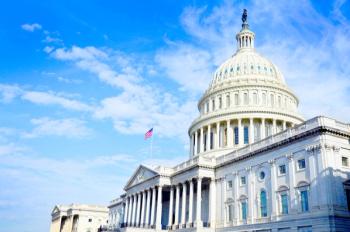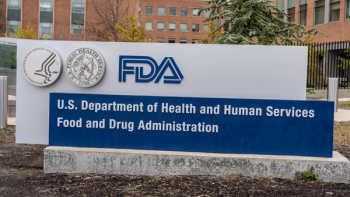
How Pharma Can Navigate the Tik Tok Ban: Q&A with Justin Chase
EVERSANA INTOUCH Media’s EVP discusses how the ban may impact the industry and how companies can prepare for it.
Due to recently passed legislation, Tik Tok may no longer be able to operate in the United States. The popular social media platform has millions of users, and many companies have utilized it to reach a younger audience. Justin Chase, EVP at EVERSANA INTOUCH Media, spoke with Pharmaceutical Executive about the impact of this legislation.
Pharmaceutical Executive: How does the Tik Tok ban impact Pharma?
Justin Chase: Historically, the FCC has not allowed media companies operating in the US to have foreign ownership beyond 25%. With one exception in 2017 that involved two Australians buying regional TV and radio stations, this policy has been in place for decades. TikTok makes the case that they are not a media company, invoking section 230 of the Communications Decency Act, which essentially absolves internet platforms of any wrongdoing or responsibility, resulting in third party content posted to their platform. In other words, TikTok argues they are not a media company, which helps them skirt this FCC policy, as well as section 230. The problem here is that platforms like Facebook are being targeted by the current administration, who wants to abolish section 230. Ultimately, the impact on Pharma is the same as the impact on any other industry and I think it will come down to which administration is in office after this next election cycle. With that in mind, I think TikTok has a 50/50 chance of operating in the US, in its current form.
PE: What are the wider implications of a law like this?
Chase: The danger of abolishing the most popular social media platform can’t be understated. TikTok has become so popular that 1 in 5 patients search TikTok for health information before seeing their physician. The once ubiquitous, “Dr. Google” has been replaced by “Dr. TikTok.” The biggest impact to health would be organic discovery of user-generated content. The creator community has massively proliferated on TikTok and the TikTok algorithm makes it so that there is an almost never-ending drip of relevant videos. Unlike YouTube, or YouTube shorts, where the search functionality is far more intentional, I think the broader impact of a TikTok ban would come down to decreased organic discovery, which has proven to be a phenomenal draw.
PE: How important is social media to Pharma marketing?
Chase: It is my belief that in the next several years, pharma will spend more money on social media advertising than TV advertising. Why wouldn’t we? Social is where the eyeballs are. It’s where the engagement takes place, and the discovery happens. Social media has all but killed linear TV and it has put a major dent into theater revenues. As millennials and Gen Z get older to the extent they have a greater need for healthcare, it would only make sense for pharma to focus their marketing on social platforms, reaching the people where they are. Put another way, I believe it is more crucial for pharma marketers to be on social media, than any other channel. This is also true for HCP marketers, looking to engage doctors across consumer social apps, as well as professional platforms, like Sermo, Doximity, or even LinkedIn.
PE: If the ban goes through, what are alternate channels for pharma companies to use?
Chase: Luckily, major social platforms that already have vertical video products, similar to TikTok, are pushing those hard in anticipation of a TikTok ban. Meta’s Reels product offers seamless vertical video integration, which is particularly beneficial for brands with an existing presence on Facebook or Instagram. This makes Medical, Legal, and Regulatory (MLR) submissions more efficient, as well as media buying, which can all be done out of a single platform. We also like YouTube and YouTube shorts. Although Reels has been getting all the attention in the media, as an alternative to TikTok in the event of a ban, we have seen firsthand, many big creators invest heavily in building out YouTube audiences. We also believe YouTube is already doing a reasonably good job at engaging those seeking health-centric content, and a ban forces them to adopt more organic search functionality. In other words, the type of thing the vaunted TikTok algorithm has become known for.
Newsletter
Lead with insight with the Pharmaceutical Executive newsletter, featuring strategic analysis, leadership trends, and market intelligence for biopharma decision-makers.




